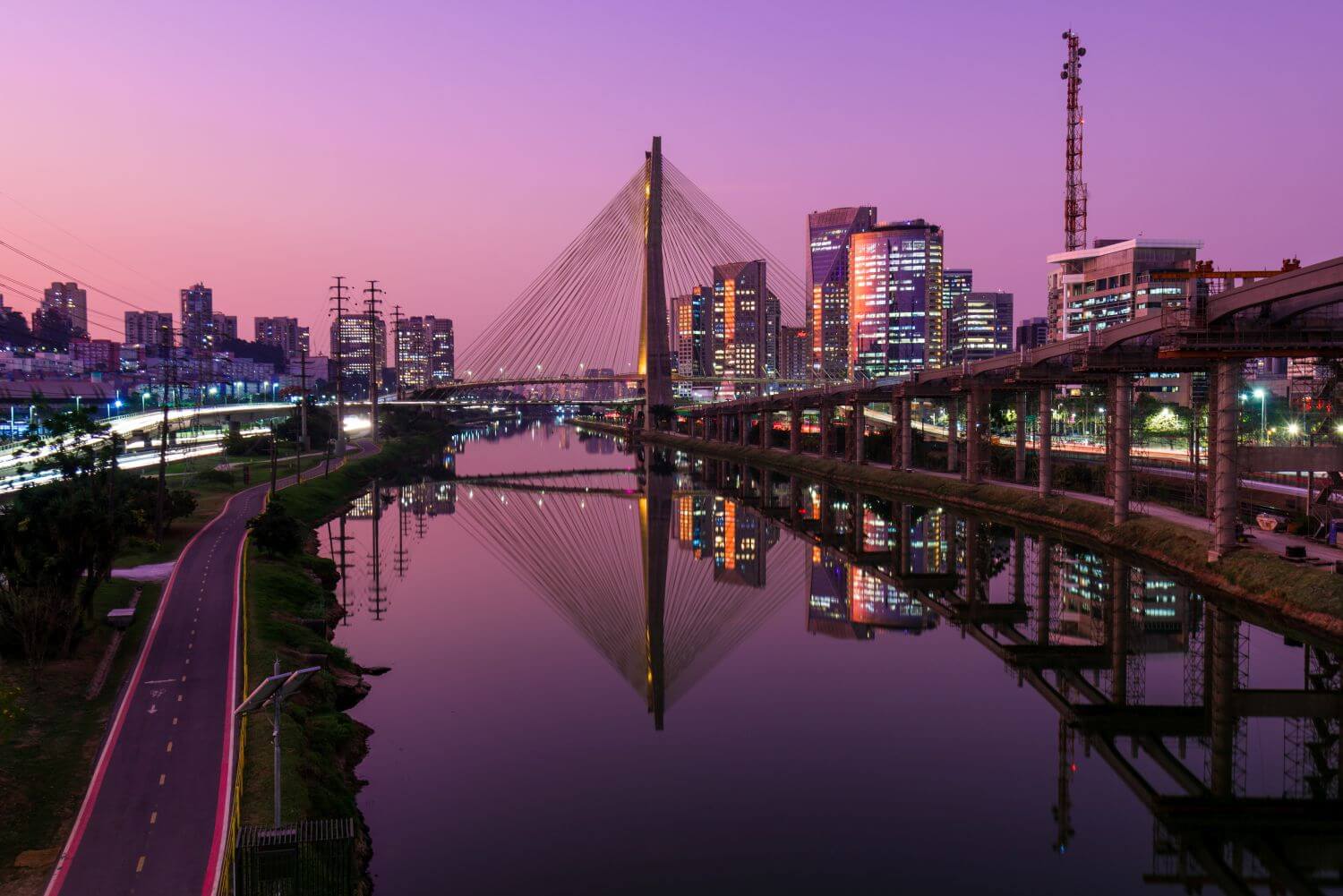São Paulo, the sprawling metropolis of Brazil, beckons travelers with its vibrant culture, delicious cuisine, and exciting urban atmosphere. However, like any major city, you might ask: Is São Paulo safe for tourists? As a born and raised Paulistano, I understand the importance of addressing these concerns.
Like any big city, São Paulo has its fair share of challenges, such as petty theft, pickpocketing, and occasional street crime. In recent years, violence rates in the city have increased, and some areas are quite dangerous for tourists and locals alike. Usually, the places most visited by tourists tend to be safer, but the increased crime in recent years means you must be careful in all city neighborhoods. With the right precautions and awareness, you can minimize risks and enjoy your trip to the fullest.
In this comprehensive guide, you’ll find everything you need to explore the city safely. Armed with the latest insights and expert tips, you can confidently venture into the heart of this captivating city, knowing how to navigate potential challenges and ensure a worry-free experience.
Safe Neighborhoods for Tourists
When choosing accommodation in São Paulo, selecting a safe neighborhood is crucial. Areas like Jardins, Itaim Bibi, and Vila Madalena are some of the best places to stay in São Paulo. They are popular choices among tourists due to their relative safety and proximity to major attractions. You should try to avoid staying in São Paulo’s Downtown and adjacencies, like República, Luz and Santa Cecília, as these are not the safest places to be right now.
Transport Safety
Navigating a megacity like São Paulo can be overwhelming, especially for first-time visitors. Understanding the public transport system, which includes buses, trains and the metro, is essential for safe and efficient travel. The main metro lines are relatively safe, and so are the train lines that serve the main tourist sites. While buses are also relatively safe in the more touristy areas, it is a bit more challenging to use this transportation to get around. In all cases, avoid using your cell phone or keeping valuable objects, such as cameras, in sight on public transport.
Registered taxis and ride-sharing apps like Uber are safe and can be used without major problems. In the case of cabs, prefer those indicated by your hotel or those found at official stations.
Language and Cultural Awareness
While English is often spoken in popular tourist spots and establishments, venturing beyond these areas may require some basic Portuguese knowledge. Even knowing simple phrases such as “hello” (olá), “thank you” (obrigado/obrigada), and “excuse me” (com licença) can make a significant difference in your interactions with locals.
The effort to communicate in their native tongue is always appreciated and can lead to more positive and authentic experiences. Paulistanos, are we’re called, are accustomed to interacting with visitors, and they often find creative ways to communicate, such as hand gestures and body language, to bridge the gap.
Avoiding Scams and Tourist Traps
Like any other tourist destination, São Paulo has its share of scams and tourist traps. As a bustling metropolis and one of Brazil’s top tourist destinations, the city can attract opportunistic individuals looking to take advantage of unsuspecting visitors. Knowledge is your first line of defense against scams and tourist traps. Before your trip, research common scams that travelers have encountered in São Paulo. Being aware of potential risks will allow you to recognize and avoid them more effectively.
Nighttime Safety
As the sun sets, the city comes alive with vibrant bars, restaurants, clubs, and cultural events, inviting visitors to immerse themselves in the exciting nocturnal scene. While embracing the city’s nightlife can be an unforgettable experience, being mindful of potential risks and taking necessary precautions is crucial to ensuring a safe and enjoyable evening in São Paulo. Always stay in well-traveled areas, opt for reliable transportation, such as Uber or registered taxis, drink responsibly and seek local advice to make the most of São Paulo’s nightlife while ensuring a worry-free experience.
Overall, São Paulo is a violent city, but you can have a safe vacation provided you take the necessary precautions and stay informed. While the city offers an unforgettable experience, being aware of potential risks and staying prepared is essential.
By arming yourself with the knowledge and insights from our São Paulo Safety Guide, you can embark on a memorable journey, indulging in the city’s rich culture, vibrant energy, and warm hospitality without compromising your safety.

Leave a Reply